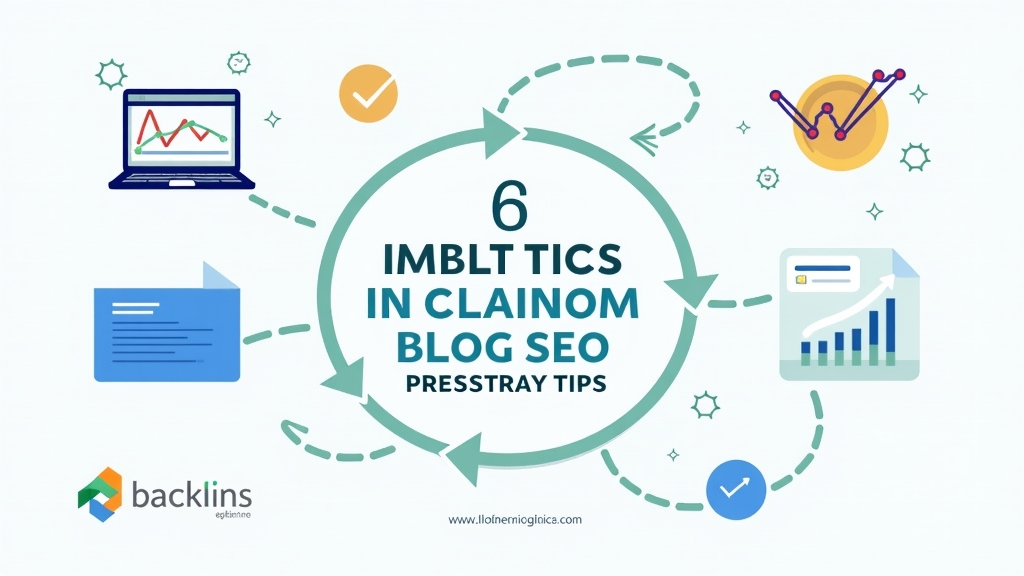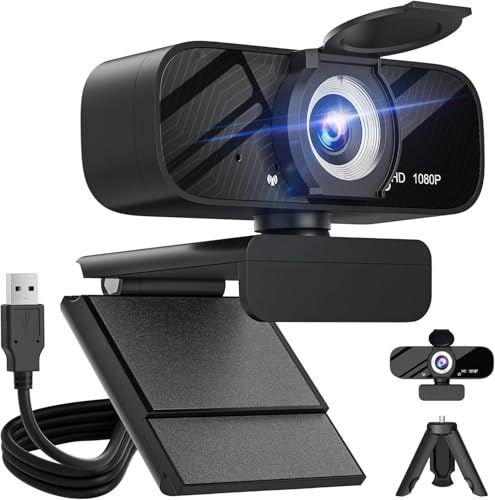Marketing – Blog SEO for Beginners: A Comprehensive Guide to Boost Your Online Presence
Introduction to Blog SEO
In today’s digital world, having a blog is not enough; you need to ensure that people can find it. This is where Search Engine Optimization (SEO) comes into play. SEO helps improve your blog’s visibility on search engines like Google, making it easier for readers to discover your content. By understanding and implementing effective SEO strategies, you can attract more visitors and engage them with your posts. In this guide, we will cover essential aspects of blog SEO that every beginner should know, from keyword research to measuring performance.
Understanding the Importance of SEO in Blogging
SEO is crucial because it directly affects how easily your blog can be found online. When users search for information related to your niche, they typically click on the first few results displayed by search engines. If your blog ranks higher in these results, you’re more likely to receive traffic from potential readers. Additionally, good SEO practices enhance user experience by ensuring that content is relevant and easy to navigate.
Key Terminology in Blog SEO
To effectively implement SEO strategies, it’s essential to understand some key terms:
- Keywords: Words or phrases that users type into search engines.
- Backlinks: Links from other websites pointing back to yours.
- Meta Description: A brief summary of a webpage’s content shown in search results.
- Alt Text: Descriptive text for images that improves accessibility and helps with ranking.
Familiarizing yourself with these terms will help you grasp the concepts discussed throughout this guide.
Keyword Research for Your Blog
Tools and Techniques for Finding the Right Keywords
Keyword research is the foundation of any successful blog SEO strategy. It involves identifying words or phrases that potential readers are searching for online. There are several tools available:
- Google Keyword Planner: A free tool that provides keyword ideas based on what people are searching.
- Ubersuggest: Offers insights into keyword volume and competition levels.
- AnswerThePublic: Generates questions people ask about specific topics.
Using these tools allows you to find keywords relevant to your niche while also considering their popularity and competition level.
Analyzing Competitors’ Keywords
Another effective technique is analyzing competitors’ keywords. Look at blogs similar to yours and identify which keywords they rank for using tools like SEMrush or Ahrefs. This analysis can provide valuable insights into gaps in your own keyword strategy and help you discover new opportunities for content creation.
On-Page SEO Strategies
Crafting Effective Titles and Meta Descriptions
Your title and meta description are often the first things users see when they come across your blog post in search results. Make sure your titles are catchy yet informative while including primary keywords naturally. Similarly, write compelling meta descriptions that summarize the post’s content clearly—this encourages clicks from interested readers.
Optimizing Content Structure with Headers and Subheaders
Organizing your content using headers (H1) and subheaders (H2, H3) makes it easier for both readers and search engines to understand what each section covers. Use relevant keywords within these headings when appropriate but keep them natural-sounding so they resonate with readers as well.
Using Internal and External Links Wisely
Linking internally within your own site helps keep visitors engaged longer by guiding them toward related articles or resources you’ve created. External links point readers toward reputable sources outside of your site—this builds credibility while providing additional value through further reading options.
Off-Page SEO Techniques
Building Quality Backlinks
Backlinks are vital because they signal trustworthiness; if other sites link back to yours, it shows search engines that you have valuable content worth sharing! Focus on building quality backlinks through guest posting on reputable blogs or collaborating with influencers within your niche who may share links back towards relevant articles on yours.
Leveraging Social Media for Increased Visibility
Social media platforms offer excellent opportunities for promoting new posts while engaging directly with followers interested in similar topics! Share snippets or visuals from recent articles across channels like Facebook or Twitter—and encourage followers’ feedback—this interaction boosts visibility organically!
Technical SEO Essentials
Ensuring Mobile-Friendliness and Fast Loading Speeds
With many users accessing blogs via mobile devices today—ensuring mobile-friendliness becomes crucial! Utilize responsive design techniques so pages display correctly regardless of screen size while optimizing images/videos ensures faster load times—a critical factor influencing user retention rates!
Implementing XML Sitemaps and Robots.txt
An XML sitemap acts as a roadmap guiding search engine crawlers through all pages available on-site efficiently! Meanwhile robots.txt files instruct crawlers about which sections should remain hidden from indexing altogether—both elements contribute significantly towards improving overall site visibility!
Content Creation Best Practices
Writing High-Quality, Engaging Content
Creating high-quality content means writing posts tailored specifically towards audience interests rather than simply focusing solely upon keyword density alone! Aim at delivering value through insightful information presented engagingly—it keeps audiences returning regularly seeking out fresh updates!
The Role of Visuals in Enhancing Blog Posts
Visuals such as images infographics videos add depth enhancing reader engagement levels tremendously compared against plain text formats alone! Including relevant visuals breaks up lengthy paragraphs making reading enjoyable whilst also illustrating complex concepts succinctly aiding comprehension efforts too!
Monitoring and Measuring Your SEO Performance
Tools for Tracking Website Traffic and Rankings
Tracking performance metrics allows bloggers insight into how well their efforts pay off over time! Tools like Google Analytics provide data regarding visitor behavior patterns page views bounce rates helping identify areas needing improvement moving forward continuously refining strategies accordingly!
Understanding Google Analytics Metrics
Understanding key metrics such as organic traffic sessions average session duration gives clarity around audience interactions allowing adjustments based upon real-time feedback received ultimately leading towards better optimization outcomes long-term success achieved consistently over time!
Conclusion: Taking Action on Your Blog SEO Journey
Now that you’ve learned about various aspects of blog SEO—from keyword research techniques down through monitoring performance metrics—it’s time take action! Start implementing these strategies step-by-step gradually refining approach along way until achieving desired results boosting online presence effectively reaching wider audiences successfully growing readership base continuously expanding horizons ahead!
📢 Explore More: Continue Your Journey!
If this article helped you, check out Essential Tips for Creating Engaging Blog Content! It covers powerful insights into crafting captivating posts that resonate with readers effectively helping enhance overall engagement levels further boosting success rate exponentially!














![NEEWER 55W 18"/45cm Ring Light Kit [New Version], 5600K Dimmable ...](https://m.media-amazon.com/images/I/414QLqvZWLL.jpg)








